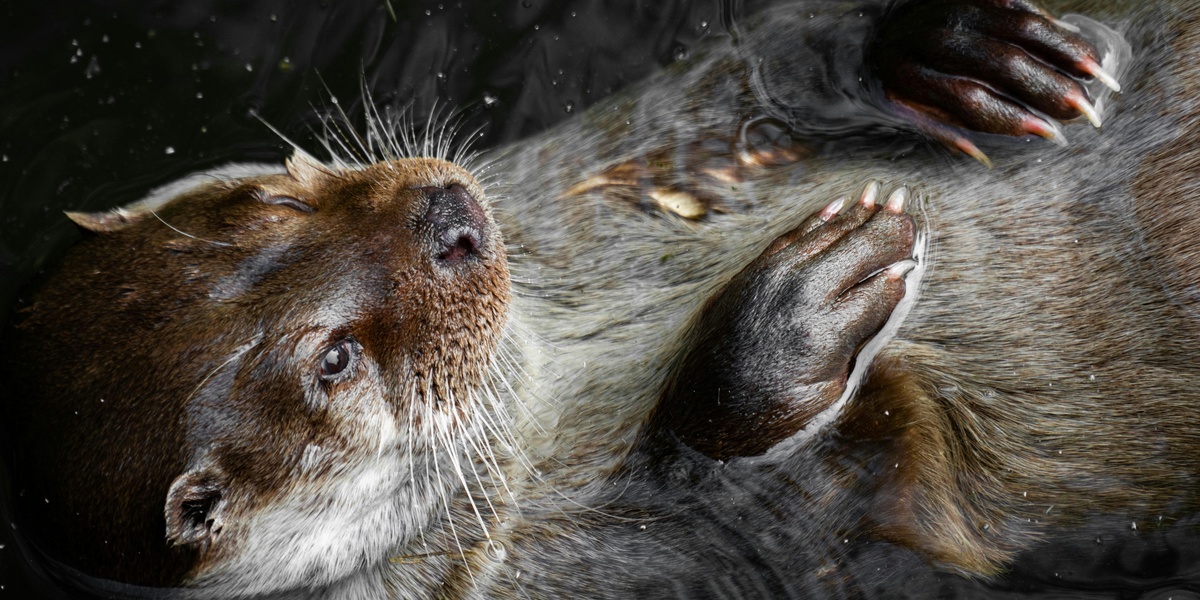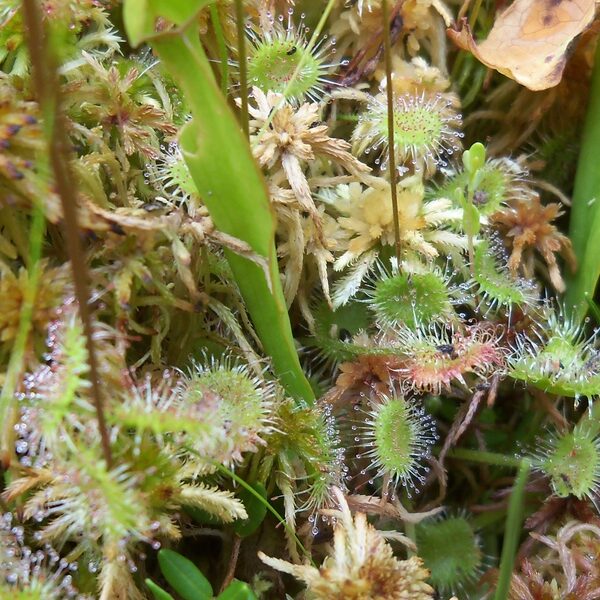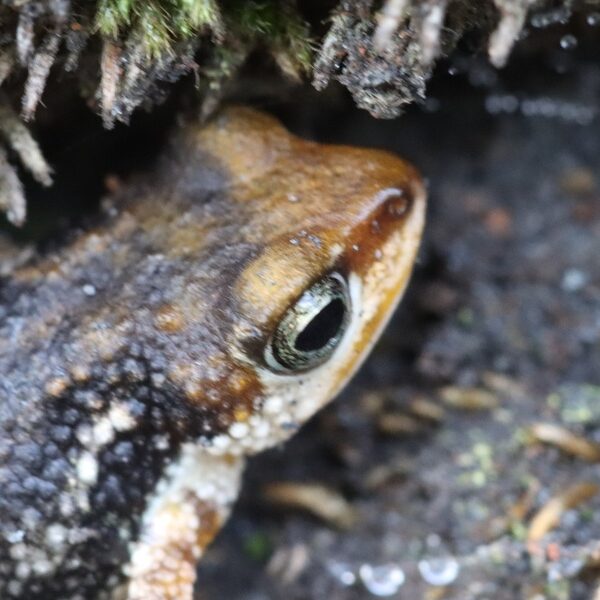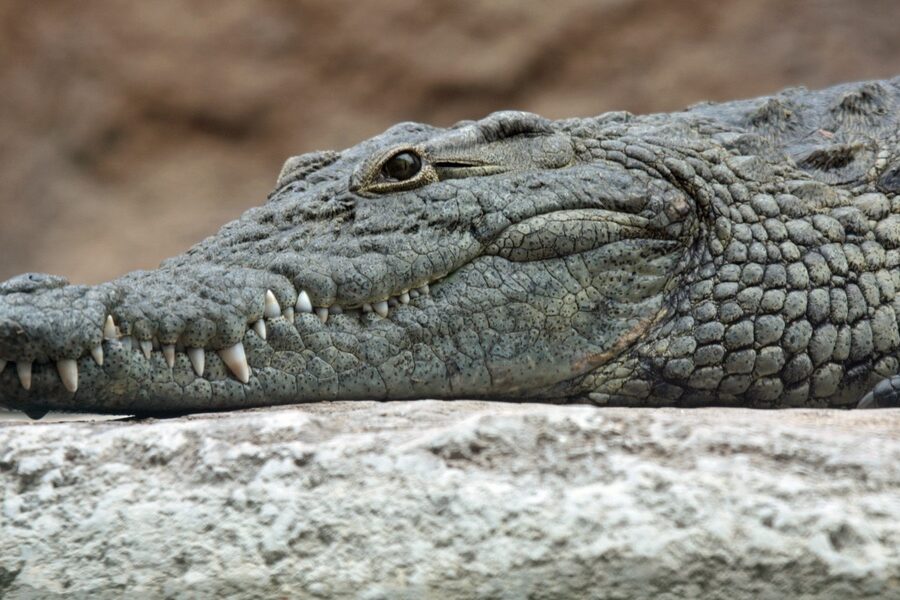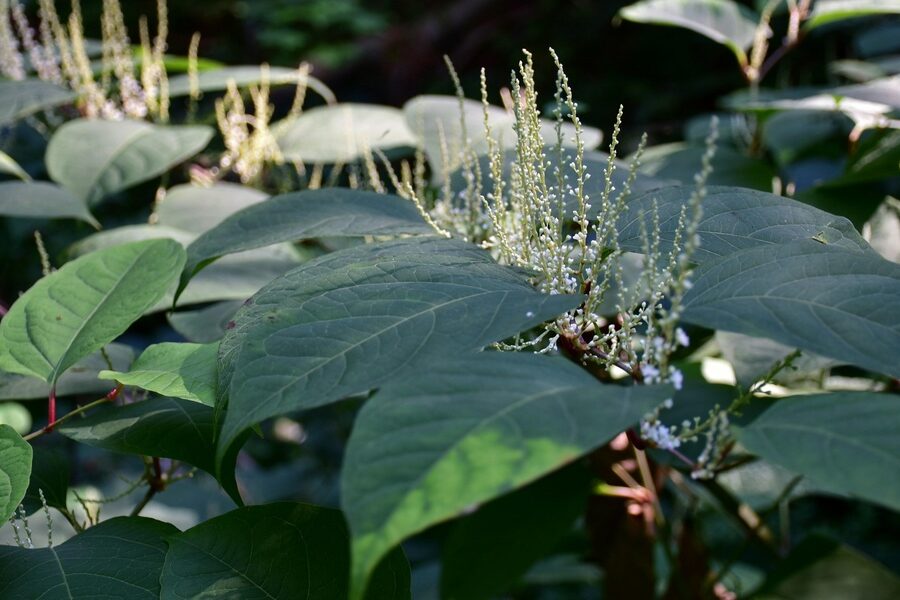Andorra’s mountain landscapes and river valleys host a surprising mix of native and non-native life. Changes in trade, pet release and habitat disturbance have allowed a handful of species to establish and spread, sometimes outcompeting local flora and fauna or altering habitats people rely on.
There are 12 Invasive Species in Andorra, ranging from American Mink to Tree of Heaven. For each species you’ll find below the Scientific name, Category, Distribution in Andorra to help you quickly see what and where concerns exist, and what to watch for you’ll find below.
How do these species impact local ecosystems and livelihoods?
Impacts vary: some are predators that reduce native bird and small mammal numbers (for example mink), others alter plant communities or soil chemistry (like Tree of Heaven), and a few compete with crops or gardens. The list below highlights those differences so land managers and residents can prioritize monitoring and response.
What practical steps can residents take to help limit their spread?
Report sightings to local environmental authorities, avoid planting known invasive ornamentals, secure waste and bait to reduce food sources for wildlife invaders, and follow guidance on removing or containing specific species—early detection and community action make the biggest difference.
Invasive Species in Andorra
| Name | Scientific name | Category | Distribution in Andorra |
|---|---|---|---|
| American Mink | *Neovison vison* | Mammal | Along main rivers like the Valira and its tributaries. |
| Asian Hornet | *Vespa velutina* | Insect | Expanding in lower, warmer valleys like Sant Julià de Lòria. |
| Brook Trout | *Salvelinus fontinalis* | Fish | Introduced into many high-altitude mountain lakes and streams. |
| Rainbow Trout | *Oncorhynchus mykiss* | Fish | Lower river sections and some lakes where stocked for fishing. |
| Common Carp | *Cyprinus carpio* | Fish | Found in some lower elevation reservoirs and slower river sections. |
| Harlequin Ladybird | *Harmonia axyridis* | Insect | Widespread, especially in gardens, parks, and agricultural areas. |
| Japanese Knotweed | *Fallopia japonica* | Plant | Along riverbanks and disturbed soils in lower and mid-valleys. |
| Butterfly Bush | *Buddleja davidii* | Plant | Common garden escapee along roadsides and riverbanks at lower elevations. |
| Tree of Heaven | *Ailanthus altissima* | Plant | Found in urban areas, wastelands, and roadsides at lower elevations. |
| Himalayan Balsam | *Impatiens glandulifera* | Plant | Damp areas and riverbanks in the main valleys. |
| Black Locust | *Robinia pseudoacacia* | Plant | Naturalized in woodlands and sunny slopes at lower to mid-elevations. |
| Canadian Goldenrod | *Solidago canadensis* | Plant | Roadsides, abandoned fields, and disturbed areas across the country. |
Images and Descriptions
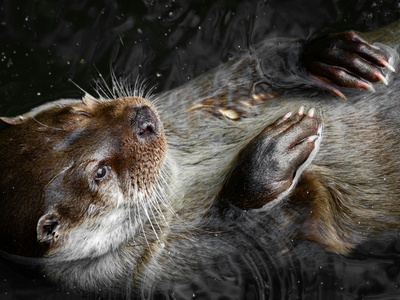
American Mink
A semi-aquatic predator from North America, escaped from fur farms. It devastates native wildlife, especially the endangered Pyrenean desman and water voles. Control programs are active; report sightings to environmental agents to help protect native species.
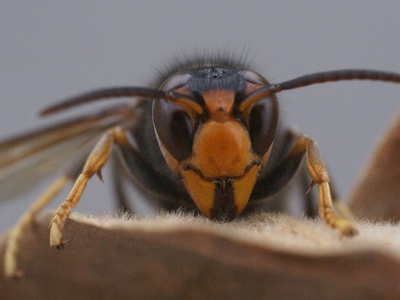
Asian Hornet
An aggressive predator from Southeast Asia, identifiable by its yellow-tipped legs. It poses a serious threat to honeybees, native pollinators, and the local beekeeping industry. Nests are dangerous; report any sightings to the authorities for professional removal.
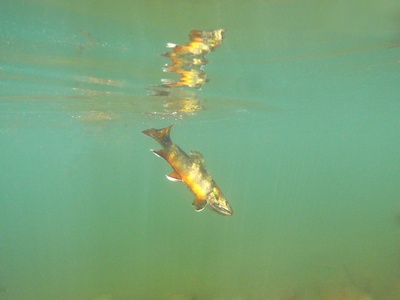
Brook Trout
A North American fish introduced for angling. It aggressively outcompetes and displaces Andorra’s native brown trout. Its presence alters the fragile ecosystems of high mountain lakes. Angling regulations are used to manage its populations and favor native species.

Rainbow Trout
Native to North American Pacific drainages, this popular angling fish is stocked in Andorran waters. It competes with native trout for food and habitat, altering the natural river fauna. Management focuses on controlled stocking to limit its spread into sensitive areas.
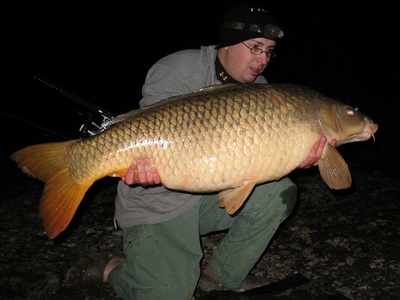
Common Carp
Originating from Asia, this large fish was introduced across Europe. Its bottom-feeding habits stir up sediment, destroying aquatic plants and degrading water quality for native species. It can fundamentally change the habitat of the water bodies it colonizes.
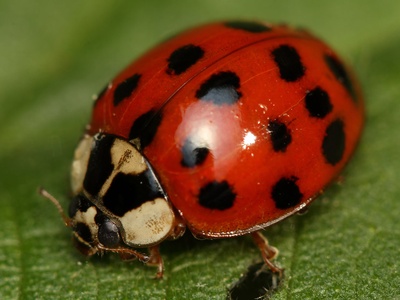
Harlequin Ladybird
An Asian ladybird introduced as a biological control agent. It’s highly invasive, outcompeting and even eating native ladybirds, which disrupts local ecosystems. In autumn, they can become a nuisance by gathering in large numbers inside buildings to hibernate.
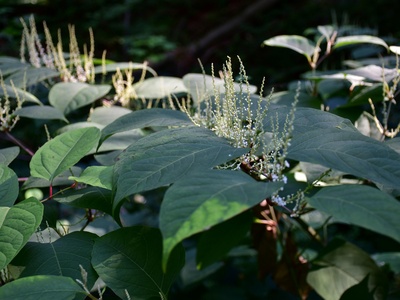
Japanese Knotweed
An aggressive ornamental plant from East Asia that forms dense, bamboo-like thickets. It displaces all native vegetation, increases soil erosion on riverbanks, and its powerful roots can damage buildings and roads. Control is extremely difficult and requires professional intervention.
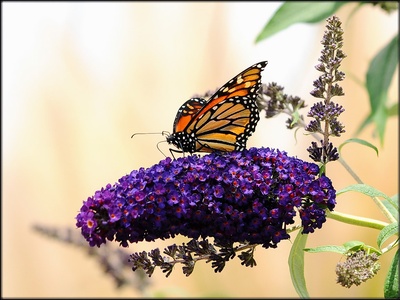
Butterfly Bush
A popular garden shrub from China prized for attracting butterflies. It easily escapes cultivation, forming dense stands that push out native plants. While it feeds adult butterflies, it doesn’t support their larvae, creating an ecological trap that can harm butterfly populations.
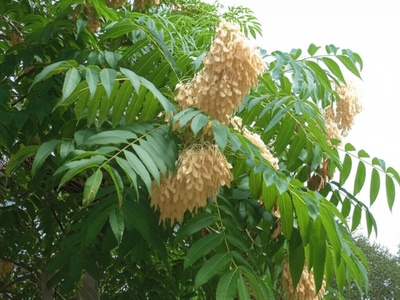
Tree of Heaven
A fast-growing tree from China. It releases chemicals into the soil that prevent other plants from growing nearby, allowing it to form dense monocultures. Its aggressive root system is known to damage pavement, foundations, and sewer lines.

Himalayan Balsam
A tall annual plant from the Himalayas with distinctive pink-purple flowers and exploding seed pods. It grows in dense stands along rivers, outcompeting native flora. When it dies back in winter, it leaves riverbanks bare and vulnerable to erosion.
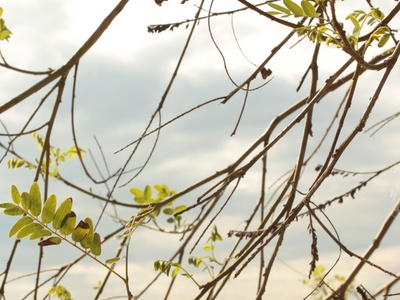
Black Locust
A North American tree often planted for timber and soil stabilization. It enriches the soil with nitrogen, altering conditions to favor other weedy species over native plants adapted to poorer soils. It spreads vigorously through root suckers, creating dense thickets.
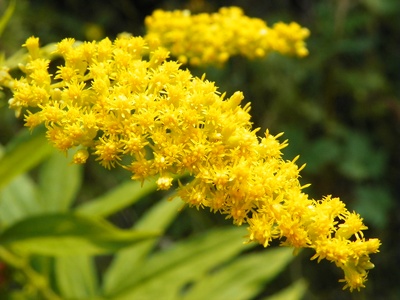
Canadian Goldenrod
A perennial from North America, recognizable by its bright yellow flower plumes. It spreads rapidly via roots and seeds, forming dense colonies that severely reduce biodiversity by crowding out native grassland species. It also impacts pollinator communities.
